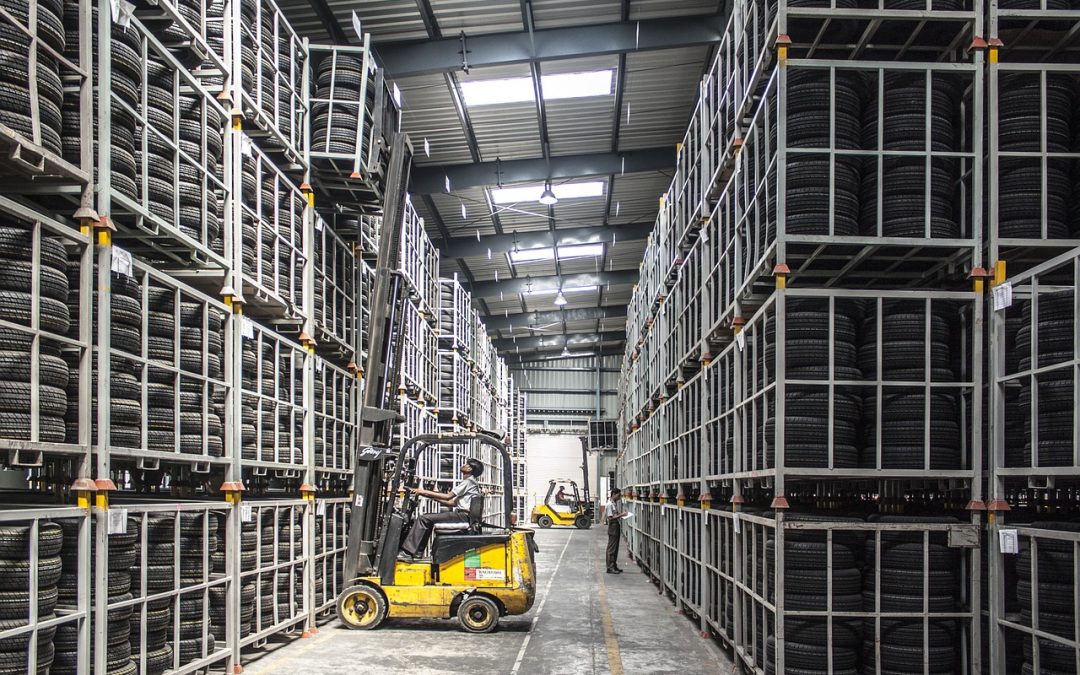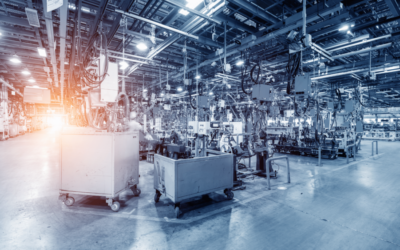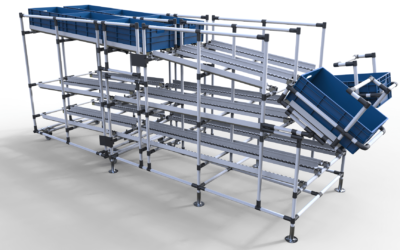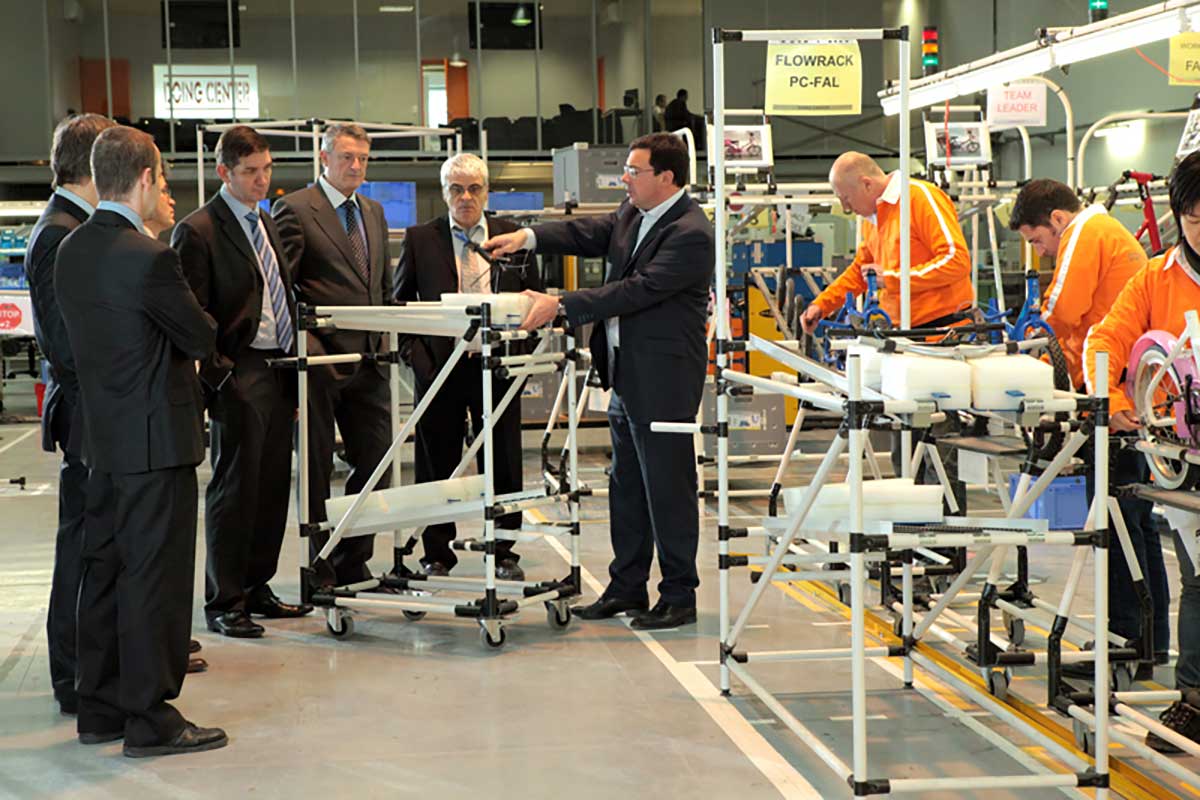This is part 2 of a multi-part series. Read part 1 for background on forklift usage.
There are generally two viewpoints related to forklift free / forklift restricted initiatives – one viewpoint understands it and are trying to figure out how to implement it, one viewpoint doesn’t understand what all the fuss is about and why things need to change.
The next posts will attempt to provide context and information for both sides to answer why forklift free / fork truck free should be a major initiative for you and how to accomplish it successfully.
Why would we want to restrict, or eliminate forklifts entirely from your facility?
Safety
Do you see forklifts driving around malls? Hospitals? Schools? Of course not. Why would you drive a vehicle with metal spears attached to it where people are walking? The same exact rationale holds true for your facility if you look at it with fresh eyes. You have operations employees, office personnel, customers, vendors, and other visitors walking through and working in your facility every day. To provide the safest environment for them, you need to restrict fork lift operation to specific zones. Additional training, warnings, and driver education can only do so much — to best reduce the risk of incident, you must remove the cause.
Supporting data to consider:
- 80% of forklift accidents involve a pedestrian
- 110,000 major forklift accidents every year
Productivity and Efficiency
A forklift is a very good tool to move things vertically, it is not a good tool to move things horizontally. Why? Forklifts will move one pallet, or one container, at a time, and in that container is a large quantity of the same part. In an environment where order sizes are large, shipments are planned in advance, and sellers have the advantage that method is fine. We don’t live in that market any more – orders of all kinds are smaller, options are customized, and lead times are short. In this kind of an environment you need to be able to access inbound items, then repack and break down to deliver smaller quantities efficiently. Or, as in many 3PL environments, the inbound packs themselves need to be broken down and stored in single or small lot quantities for picking access.
Supporting data to consider:
- Cart train vs. forklift delivery typically improves efficiency 60-80%
- The 3PL market in the US grew 7.4% in 2014, outpacing the overall economy
Cost
Forklifts are on the high end of operating cost compared to other options. Although the up front purchase or lease costs can be attractive, the ongoing cost of maintenance, fuel and operating expenses, driver training, and product damage quickly escalate. They are also built for vertical lifting jobs, with the associated engineering, counter balances, and design components adding to the cost that are not required for horizontal transport. Using a forklift for vertical transport and a tugger with a cart system for horizontal transport will result in reduced capital and operating expenses in all major areas.
Supporting data to consider:
- Tuggers often cost 20% less than forklifts
- Per drop costs for a tug cart system vs. a forklift are 60-70% lower
Hopefully these considerations put enough emphasis on the “Why?” portion of the forklift free initiative. The next post will cover the primary points of how to accomplish this objective and put your facility on the path towards dramatically improved safety, productivity, and cost performance.




